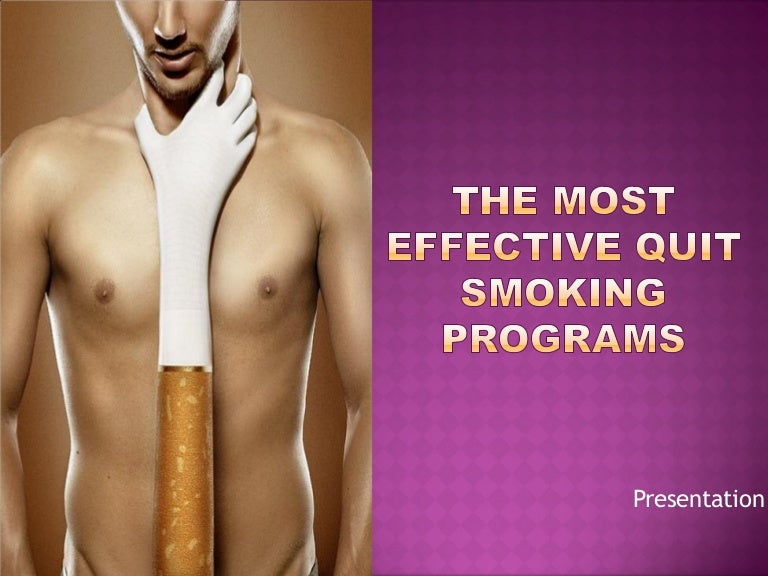

#Successful ways to quit smoking manual#
around 1 in 4 people in routine and manual occupations smoked, compared with 1 in 10 people in managerial and professional occupations.It is the tar and carbon monoxide in cigarette smoke, along with more than 400 other toxins, that causes almost all of the harm of smoking.Īs smoking prevalence has declined, it has become increasingly concentrated among more disadvantaged communities and groups: Nicotine increases heart rate and blood pressure, and has a range of local irritant effects, but is not a carcinogen. Nicotine replacement therapy is a safe form of treatment and licensed for use even in pregnancy and for people with cardiovascular disease. In fact, almost all of the harm from smoking comes from the thousands of other chemicals in tobacco smoke, many of which are toxic. While nicotine is the addictive substance in cigarettes, it is relatively harmless. Perhaps the greatest obstacle we face is the widespread misconception amongst smokers and health professionals that most of the harm of smoking comes from the nicotine. Those aged 65 years and above continue to have the lowest prevalence rates at 8.1%, equating to around 914,000 people. Those aged 25 to 34 years continue to have the highest proportion of current smokers at 19.7%, which equates to around 1.6 million people. The largest reduction in smoking prevalence has been among 18 to 24-year-olds – 17.8% of this group smoked in 2017 compared with 25.7% in 2011. PHE is calling for the NHS long-term plan to commit to achieving a smokefree society by 2030 with an adult prevalence of 5% or less. If this trend continues, it will reduce to between 8.5% and 11.7% by 2023. In 2017, 14.9% of people in England aged 18 years and above smoked, accounting for 6.1 million people. The adult smoking rate in England continues to decline year on year and is now at a record low. In 2016 alone, there were around 78,000 deaths attributable to smoking, representing 16% of all deaths across the UK. Smoking is the leading cause of preventable illness and premature death in England, with about half of all lifelong smokers dying prematurely, losing on average around 10 years of life.


Smokers who get the right support are 3 times as likely to quit successfully. Two-thirds of smokers say they want to quit, however, most try to do so unaided, which is the least effective method. This edition of Health Matters focuses on the range of smoking quitting routes that are available and the evidence for their effectiveness.


 0 kommentar(er)
0 kommentar(er)
